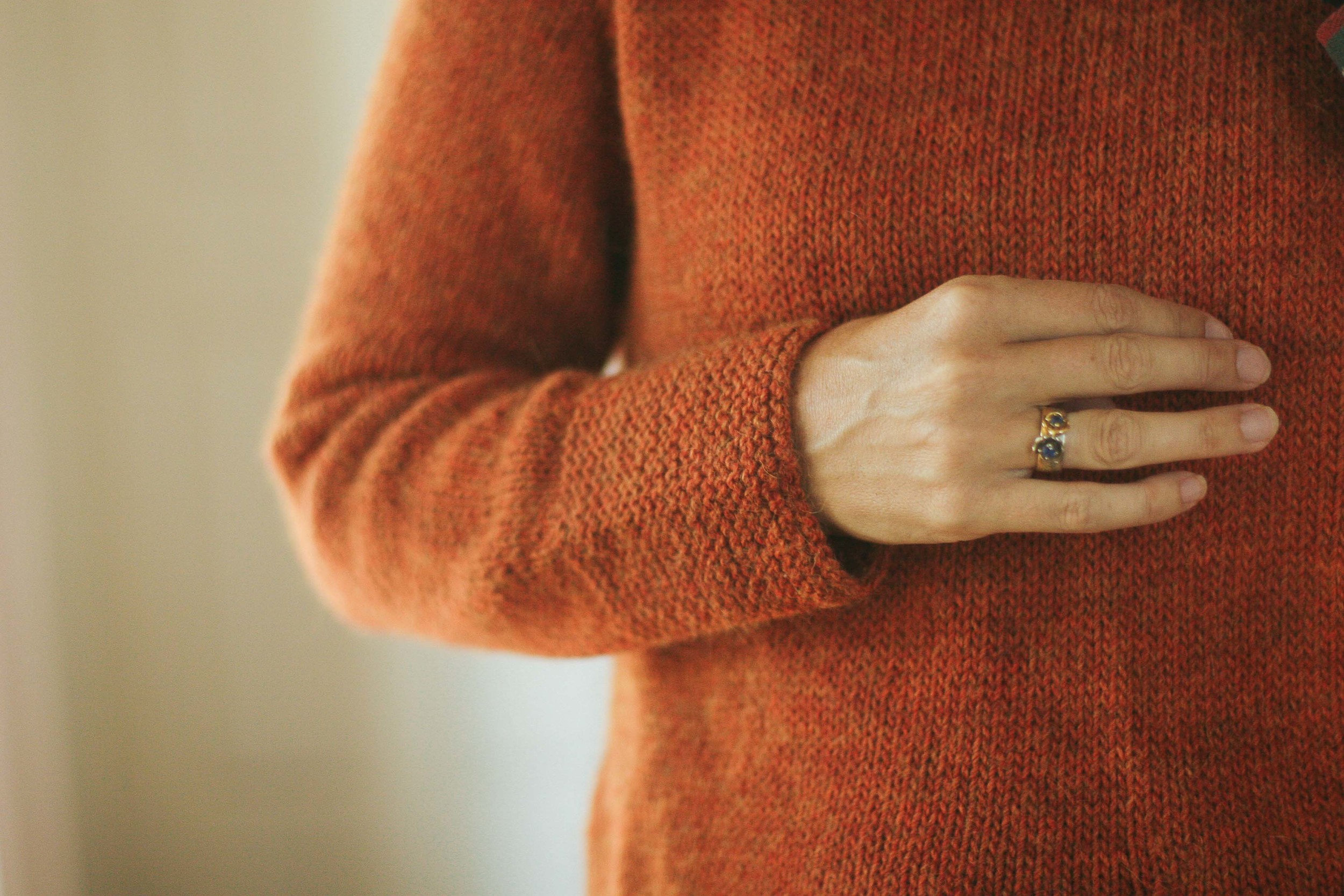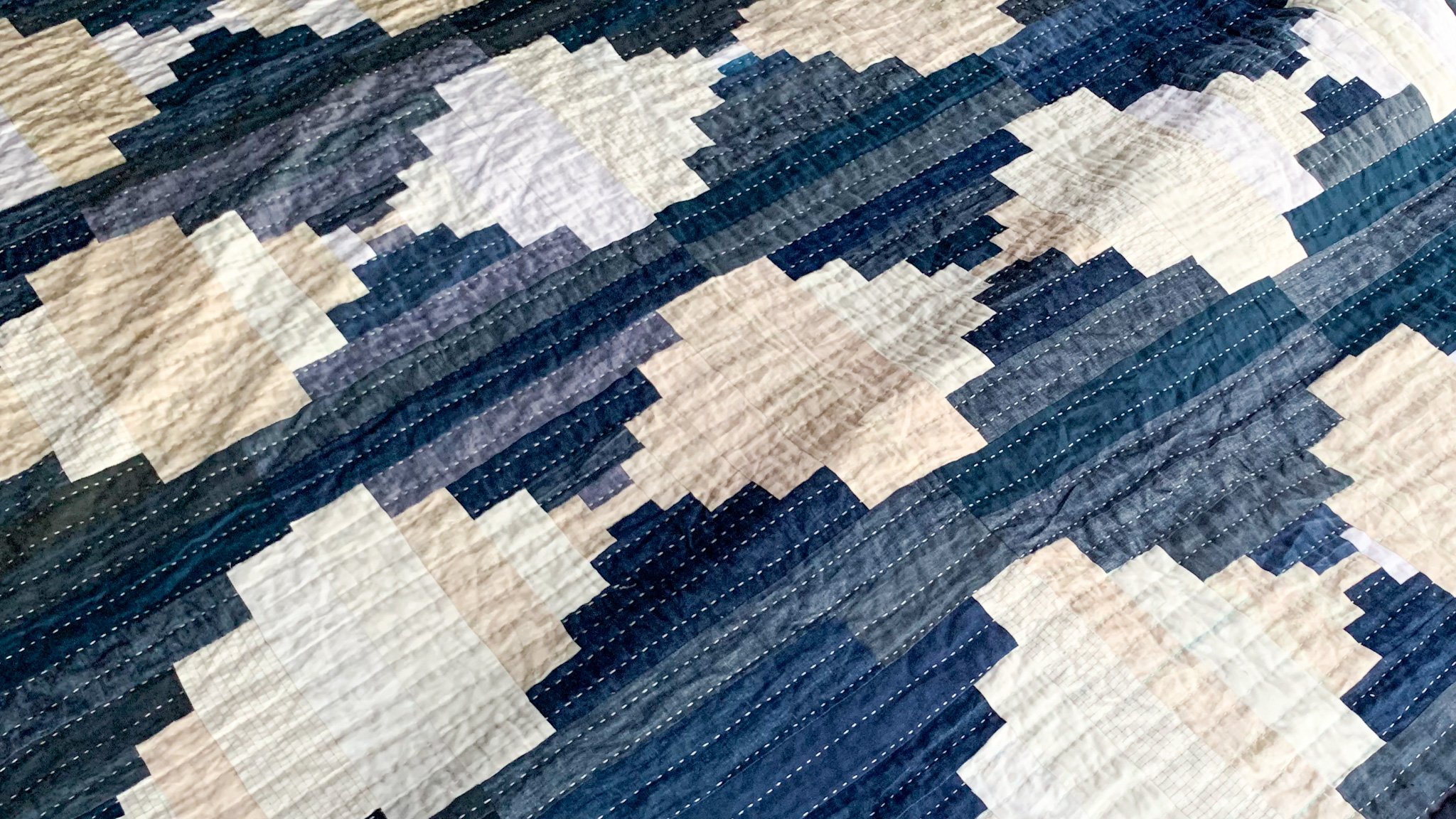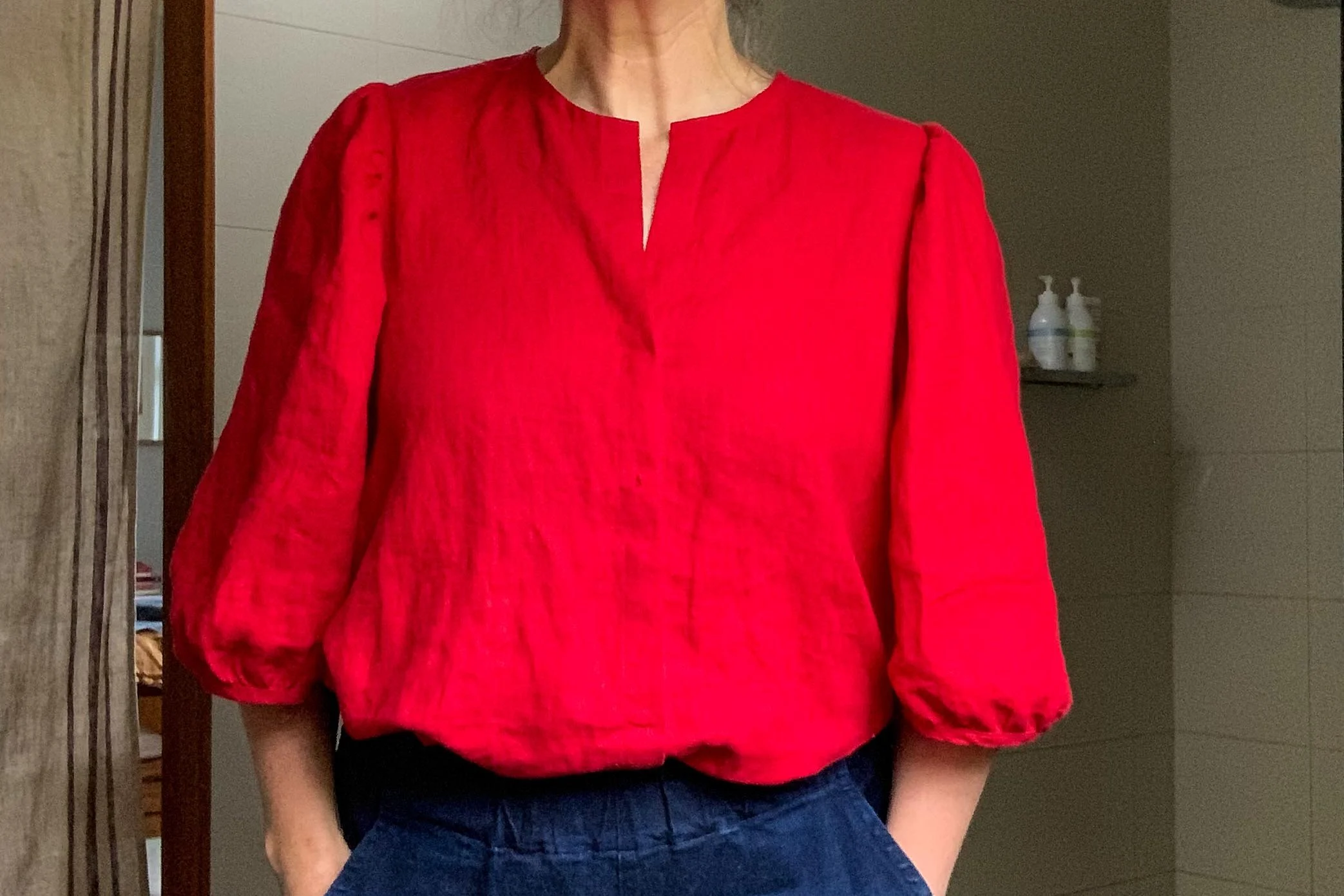So this really should be an Around the Traps style post as I am just pointing you to resources by other smart people. However, many moons ago before I went travelling and broke my camera, I started this series with a Part 1 - Knitting Tips and Tricks and thought I should continue in that vein.
And do I have tips and tricks for you. I LOVE these. You must go and check them out.
Sleeves
I often get asked about sleeves, along the lines of "what is the best way to knit them"? I want to give you an answer but the answer may be a little unsatisfying - and that is "whatever way you choose" or "whatever way is comfortable for you". You really do need to try them all out and your choice may change over time or depending on the project.
The main methods for sleeve knitting are
- double pointed needles
- knitting them flat and seaming them
- magic loop
- small circulars or little needles
- knitting with two circulars
In the past I have altered nearly every single pattern to be able to knit sleeves how I want. Traditionally for me that meant knitting sleeves flat and seaming them, even with a seamless garment. I didn't like knitting little tubes. But then I met Georgie and she quietly (in that lovely way of hers) convinced me to give small circular needles another try.
Small circular needles are small 30cm circulars (or sometimes even smaller) with bent tips. I use the Addi ones. I did hate them but have come to see that actually, with a little practice, they are actually very speedy. I ALWAY need to go up a needle size with little needles though as my gauge tends to get tighter - which makes sense if you think about how they are knit. Because the stitches are held in a small tube rather than stretched a bit on normal needles, the yarn between stitches is pulled a little tighter, and this leads to tighter knitting.
When choosing the method to suit you, consider that everybody has their own knitting quirks; different styles, different hands, different levels of finger flexibility. So what you might find comfortable and comforting I might not. You really do need to try all styles - and try them more than once. It takes a little while to get used to and comfortable with a new style.
Georgie talks about options for different ways to knit sleeves in this post. She also gives her amazing way for picking up underarm stitches in this other post.
Towards the bottom of the post Georgie mentions that in the very next round, after the round where you have picked up your stitches, you need to do a ssk and a k2tog. You do these at the join between the new underarm stitches and the existing sleeve stitches, to close the gap. You do a ssk when you get to the end of your existing sleeve stitches, knitting one of the sleeve stitches you were holding on waste yarn together with one of the new underarm stitches. You follow that up with a k2tog when you get to the last of the new underarm stitches, which closes the gap between the underarm stitches and the existing sleeve stitches.
You will love this underarm. It has no gaps and looks great. I use it on every top down seamless pattern I make now.
Yarn
So yesterday I was talking about how materials matter. How 100% wool does not equal 100% wool in all cases. I know this is a tricky subject when you are a new/intermediate knitter as there are all these new words and who knows what they all mean?
Have I got the podcast for you - two podcasts actually. There is a podcast called Knit FM by Hannah Fettig and Pam Allen and it is a true wealth of information. They cover Yarn - Part 1 and Yarn - Part 2. Get stuck in - if you are even vaguely interested in yarn you will love it. I just love Pam's voice. She sounds so lovely you will want to give her a hug - or maybe that's just me?
One final thing today - A small few-but-mighty of you took me up on my Stash Less Ripping Challenge. I'm going to send a little something to the brave Libby who ripped out this lovely cabled cardy. Yay Libby!
See you Friday x
Felicia










































